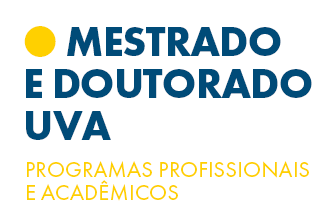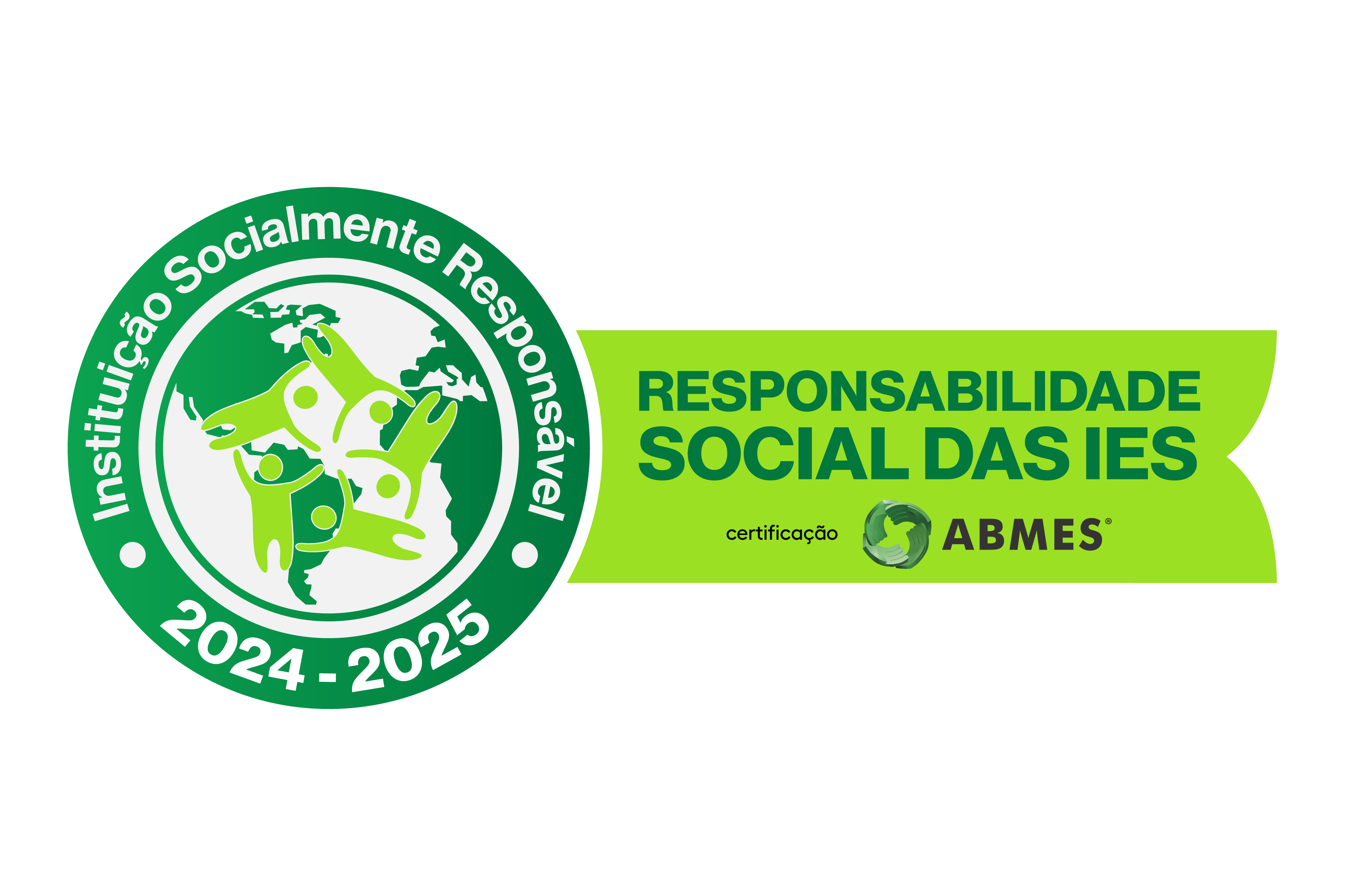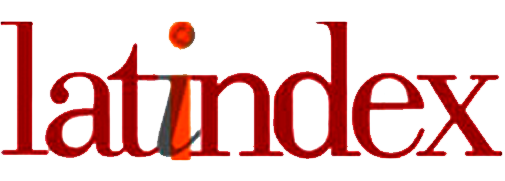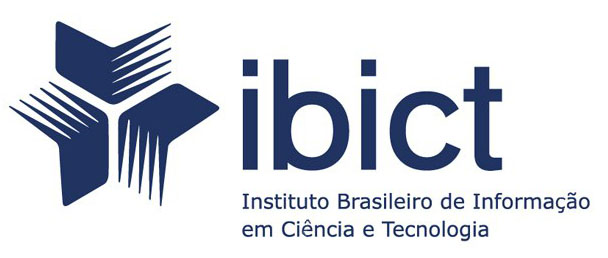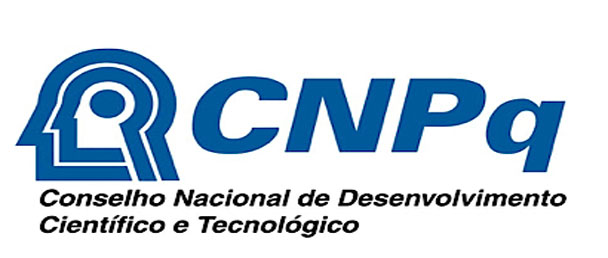Fomentando inteligências múltiplas através do CLIL: um estudo de caso de aulas particulares de EFL na Grécia
Fomentando inteligências múltiplas através do CLIL: um estudo de caso de aulas particulares de EFL na Grécia
Palavras-chave:
CLIL, Inteligências Múltiplas, Jovens Aprendizes de Inglês como Língua Estrangeira (EFL)Resumo
A abordagem CLIL parece ser uma metodologia de ensino promissora, oferecendo uma ampla gama de
benefícios de aprendizagem que vão desde a competência na língua estrangeira, conhecimento em uma
área do currículo, instâncias de comunicação autêntica até o desenvolvimento de habilidades ao longo
da vida, incluindo o avanço do pensamento crítico. A teoria das Inteligências Múltiplas (IMs) (Gardner,
1983,1993) pode lançar as bases para tarefas criativas fornecendo estímulos para jovens aprendizes
(YLs) desenvolverem vários tipos de inteligência e estratégias de aprendizagem. O objetivo deste estudo
é examinar a combinação dos dois métodos de ensino. Após a análise das necessidades, as aulas CLIL
foram concebidas e entregues a uma turma e um questionário investigou o seu impacto no
desenvolvimento dos diferentes estados de espírito dos YLs. Os resultados apontam que as habilidades
dos alunos, Inteligências Múltiplas, confiança e autonomia de aprendizagem são aprimoradas.
Downloads
Referências
ANAGNOSTOU, V., Griva, E. & KASVIKIS, K. ‘From Michelangelo to Picasso: Implementing the CLIL approach in a foreign language project’. In MURPHY, A. (Ed.), New developments in foreign language learning. N.Y: Nova Science Press, 2016, p. 150-168.
ANASTASIADOU, A. & ILIOPOULOU, K. ‘Reconceptualising Schooling: Implementing CLIL to Cater for All Types of Multiple Intelligences’. Research Papers in Language Teaching and Learning, 8/1: 74-87, 2017.
ANASTASIADOU, A. & ILIOPOULOU, K. ‘Crosscurricularity: its contribution to the promotion of Multiple Intelligences’. Paper presented at the Third International Conference “Education across Borders” Education and Research across Time and Space (1100th Anniversary of St. Clement of Ohrid). Bitola, 2017.
ANDRIA, A. ‘CLIL as an alternative teaching method in a class of EFL learners’. Unpublished postgraduate dissertation, Hellenic Open University: Patras, 2016.
ARMSTRONG, T. Multiple intelligences in the classroom. (2nd ed.). Alexandria, VA: Association for Supervision and Curriculum Development, 2000.
BAILEY, N. ‘Attaining Content and Language Integrated Learning (CLIL) in the primary school classroom.’ American Journal of Educational Research, 3/4: 318-326, 2015.
BALTSAVIA, M. M. ‘Content and Language Integrated Learning in a Greek State Junior High School Class.’ Unpublished postgraduate dissertation. Patras: Hellenic Open University, 2011.
BAXEVANI, A. ‘Implementing CLIL in the fifth grade of primary school: the dawn of a new perspective in TEFL education?’ Unpublished postgraduate dissertation. Patras: Hellenic Open University, 2012.
BENTLEY, K. The TKT course CLIL module. Cambridge: Cambridge University Press, 2010.
CAMPBELL, L., & CAMPBELL, B. ‘Multiple intelligences and student achievement.’ Alexandria, VA: ASCD, 1999.
CHAMOT, A. U., & O’MALLEY, J. M. The CALLA handbook: Implementing the cognitive academic language learning approach. White Plains, MA: Addison Wesley Longman, 1994.
CHASIOGA, D. ‘Employing ICTs in a CLIL environment with sixth grade learners in a primary school setting.’ Unpublished postgraduate dissertation. Patras: Hellenic Open University, 2017.
CHATZI, V. ‘Developing Multiple Intelligences through portfolio use in a Greek state primary school.’ Unpublished postgraduate dissertation, Hellenic Open University: Patras, 2018.
CHEN, J.-Q., & GARDNER, H. ‘Assessment based on Multiple-Intelligences Theory.’ In FLANAGAN. D. P. & HARRISON, P. L. (Eds.), Contemporary Intellectual Assessment: Theories, tests, and issues, 2. New York: Guilford Press, 77-102, 1997.
Council of Europe. Common European Framework of reference for languages: learning, teaching, assessment. Companion Volume with new descriptors. Council of Europe, 2018.
COYLE, D. ‘Content and Language Integrated Learning: Towards a Connected Research Agenda for CLIL Pedagogies’. International Journal of Bilingual Education and Bilingualism, 2007, 10/5: 543-562.
COYLE D. ‘CLIL – a pedagogical approach from the European perspective.’ Encyclopedia of Language and Education, 2008, 1200-1214.
COYLE, D., HOLMES, B. & KING, L. Towards an integrated curriculum-CLIL National Statement and Guidelines. The Languages Company, 2009.
COYLE, D., HOOD, P. & MARSH, D. CLIL. Content and Language Integrated Learning. Cambridge: Cambridge University Press, 2010.
DALTON-PUFFER, C. ‘Content and Language Integrated Learning: From Practice to Principles?’. Annual Review of Applied Linguistics, 2011, 31: 182-204
DE ZAROBE, Y. R., & LASAGABASTER, D. (Eds.). CLIL in Spain: Implementation, results and teacher training. Newcastle upon Tyne, UK:
Cambridge Scholars Publishing, 2010.
DELLA, O. ‘Content and Language Integrated Learning (CLIL) and sixth graders: Teaching and learning English through Geography.’ Unpublished MA thesis. Patras: Hellenic Open University, 2012.
DIAS WARD, C., & DIAS, M. J. ‘Ladybugs across the curriculum.’ Science and Children, 2004, 41/7: 40-44.
DORNYEI, Z.. Motivational Strategies in the Language Classroom. Cambridge: Cambridge University Press, 2001. http://dx.doi.org/10.1017/CBO9780511667343
DOURDA, K., BRATITSIS, T., GRIVA, E. & PAPADOPOULOU, P. ‘Content and Language Integrated Learning through an online Game in Primary School: A case study.’ Electronic Journal of e-Learning, 2014, 12/3: 243-258.
EMMANOUILIDOU, K. & LASKARIDOU, C. ‘Physical Education through CLIL: teaching movement vocabulary to young learners.’ Research Papers in Language Teaching and Learning, 2017, 8 /2: 51.
Eurydice Report. Content and Language Integrated Learning (CLIL) at school in Europe. Brussels: European Commission, 2006.
GANGI, S. ‘Differentiating Instruction using Multiple Intelligences in the Elementary School Classroom: A Literature Review.’ A Research Paper. University of Wisconsin-Stout, 2011.
GARDNER, H. Frames of mind: the theory of multiple intelligences. New York: Basic Books, 1983.
GARDNER, H. Intelligence Reframed: Multiple Intelligences for the 21st century. New York: Basic Books, 1999.
GREENHAWK, J. ‘Multiple intelligences meet standards.’ Educational Leadership, 1997, 55/1: 62- 64.
GRIVA, E. & CHOSTELIDOU, D. ‘CLIL in primary education: promoting Multicultural Citizenship awareness in the foreign language classroom.’ Research Papers in Language Teaching and Learning, 2017, 8:2: 9–23.
GRIVA, E. & KASVIKIS, K. ‘CLIL in Primary Education: Possibilities and challenges for developing L2/FL skills, history understanding and cultural awareness.’ In BAKIĆ-MIRIĆ, N. & ERKINOVICH GAIPOV, D. (Eds.). Current trends and issues in education: an international dialogue. Cambridge Scholars Publishing, 2014.
HICKEY, M. G. ‘Can I pick more than one project? Case studies of five teachers who used MI-based instructional planning.’ Teachers College Record, 2004, 106/1: 77- 86.
HOERR, T. R. ‘How our school applied multiple intelligences theory.’ Educational Leadership, 1992, 50/2: 67-68.
HOERR, T. R. ‘How the New City School applies the multiple intelligences.’ Educational Leadership, 1994, 52/3: 29-33.
HOERR, T. ‘How MI Informs Teaching at New City School.’ Teachers College Record, 2004, 106/1: 40-48.
ISKOS, E. P., RALLS, C & GEGKIOU, S. ‘The Many Shades of CLIL: A Case Study of CLIL Application by English Teachers of Very Young Learners at a Greek Private School.’ Research Papers in Language Teaching and Learning, 2017, 8 /1: 125-136.
KOSMA, G. & ZAFEIRIADES, N. ‘The case for Geography through CLIL: Exploring the linguistic and intercultural potential in Thrace.’ Research Papers in Language Teaching and Learning. 2017, 8 /2: 24.
KORNHABER, M., FIERROS, E., & VEENEMA, S. ‘Multiple Intelligences: Best Ideas from Research and Practice. Boston: Pearson Education Inc. Barrington, E. Teaching to student diversity in higher education: How multiple intelligence theory can help.’ Teaching in Higher Education, 2004, 9: 421-434.
KOROSIDOU, E. & GRIVA, E. ‘’My country in Europe’: a Content-based Project for Teaching English as a Foreign Language to Young Learners.’ Journal of Language Teaching and Research, 2013, 4/2: 229-244.
KOUTSOPOULOS, K., SOTIRAKOU, M. & TATSOGLOU, M. Γεωγραφία ΣΤ Δημοτικού: Μαθαίνω για τη Γη [Geography for the 6th grade: I learn about the Earth]. ΙΝΣΤΙΤΟΥΤΟ ΤΕΧΝΟΛΟΓΙΑΣ ΥΠΟΛΟΓΙΣΤΩΝ ΚΑΙ ΕΚΔΟΣΕΩΝ «ΔΙΟΦΑΝΤΟΣ», 2019.
KRASHEN, S.T. Principles and Practice in Second Language Acquisition. Oxford: Pergamon, 1982.
KRASHEN, S. D. Principles and practice in second language acquisition, 2009, at www.sdkrashen.com/content/books/principles_and_practice.pdf, accessed 20 October 2019.
LAMBERT, L. ‘Leadership Redefined: an evocative context for teacher leadership.’ School Leadership & Management, 2003, 23/4: 421-430.
LANTOLF, J. P., & APPEL, G. Vygostkian approaches to second language research. New Jersey Ablex, 1994.
LASAGABASTER, D. ‘The implementation of CLIL and attitudes towards trilingualism.’ ITL-International Journal of Applied Linguistics, 2009, 157, 1: 23-43.
LASAGABASTER, D. & SIERRA, J. M. ‘Language Attitudes in CLIL and Traditional EFL Classes’. International CLIL Research Journal, 2009, 1/2: 4-17.
MARSH, D. ‘CLIL- EMILE: The European Dimension: Action, Trends and Foresight Potential’, 2002, at http://www.tieclil.org/html/products/pdf/1UK.pdf, accessed 5 November 2019.
MARSH, D. ‘CLIL: An Interview with Professor David Marsh’, 2009. Available online at http://ihjournal.com/content-and-language-integrated-learning, accessed 1 December 2019.
MARSH, D. & FRIGOLS, M. J. ‘CLIL as a catalyst for change in language education’. Babylonia, 2007, 3, 33-37.
MARSH, D., MARSLAND B. & STENBERG K. Integrating Competencies for Working Life. Jyväskylä: University of Jyväskylä, 2001.
MATTHEOUDAKIS, M., ALEXIOU, T. & LASKARIDOU, C. ‘To CLIL or not to CLIL? The Case of the 3rd Experimental Primary School in Evosmos’. Major Trends in Theoretical and Applied Linguistics. Selected Papers, 2013, 3: 215-233.
MEHISTO, P., FRIGOLS, M. J. & MARSH, D. Uncovering CLIL: Content and Language Integrated Learning and Multilingual Education. Oxford: Macmillan, 2008.
MERCER, N. & LITTLETON, K. Dialogue and the Development of Children’s Thinking. London and New York: Routledge, 2007.
Ministry of Education and Religious Affairs. Integrated Foreign Languages Curriculum for Primary and Junior High Schools. Athens: Ministry of Education and Religious Affairs (Φ.Ε.Κ. 2871/τ.Β’/09-09-2016).
MOATE, J. ‘The Integrated Nature of CLIL: A Sociocultural Perspective’. International CLIL Research Journal, 2010, 1/3: 1-9.
MYLONA, S. ‘Catering for young learners’ multiple intelligences by employing the story-based framework: a case study of a 4th grade class in the Greek state primary school.’ Unpublished postgraduate dissertation. Hellenic Open University: Patras, 2011.
NOLEN, J. L. ‘Multiple intelligences in the classroom.’ Educational Leadership, 2003, 124/1: 115-119.
NUNAN, D. Practical English Language Teaching. New York: Mc Graw Hill, 2003.
PASCHALIDOU, G. ‘Content and Language Integrated Learning (CLIL) in Europe and Greece: Common practices and effectiveness, limitations and suggestions.’ In TSOKALIDOU. R. & KEKIA, M. A. (Eds.). 4th Crossroads of Languages and Cultures: Multilingual Educational Approaches and Language Policies. Thessaloniki: Faculty of Education, Aristotle University of Thessaloniki & Polydromo Group, 2018, p. 355-364.
PAVLOU, P. & IOANNOU-GEORGIOU, S. ‘The CLIL educational Approach CLIL and the potential of implementating it in Cyprus primary and pre-primary education], in FTIAKA, E.; SYMEONIDOU, S. and SOCRATOUS. M. (eds). Quality in Education: Research and Practice, Proceedings of the 10th Conference of the Cyprus Educational Association, Nicosia: University of Cyprus, 2008, p. 645-655.
POKRIVČÁKOVÁ, S. ‘Latest trends in CLIL.’ Language, Literature, and Culture in Changing Transatlantic World II: Literature and Methodology of English Language Teaching, 2012, 235-244.
RICHARDS, J. C. Curriculum Development in Language Teaching. Cambridge: Cambridge University Press, 2001.
SIFAKIS, N. ‘The education of teachers of English as a lingua franca: a transformative perspective’. International Journal of Applied Linguistics, 2007,7/3: 355-371.
SWAIN, M. ‘The Output Hypothesis and beyond: Mediating Acquisition through Collaborative Dialogue.’ In LANTOLF, J. P. (Ed.), Sociocultural Theory and Second Language Learning. Oxford: Oxford University Press, 2000, 97-114.
TEELE, S. ‘Redesigning the Educational System To Enable All Students To Succeed.’ NASSP Bulletin, 1996, 80/583: 65-75.
TSUDA, Y. ‘English hegemony and English divide.’ China Media Research, 2008, 4/1: 47-5.
VAN DE CRAEN, P. & SURMONT, J. ‘Innovative education and CLIL’. Research Papers in Language Teaching and Learning, 2017, 8/1: 74-87.
VAN LIER, L. ‘The ecology of language learning: Practice to theory, theory to practice.’ Procedia Social and Behavioural Studies, 2010, 3: 2–6.
VLACHOS, K. ‘The Potential of Information Communication Technologies (ICT) in Content and Language Integrated Learning (CLIL): The Case of English as a Second/Foreign Language.’ In MARSH, D.; MEHISTO, P.; ALIAGA, R.; ASIKAINEN, T.; FRIGOLS, M.; HUGHES, S. & LANGE, G. (eds.) CLIL Practice: Perspectives from the Field. University of Jyväskylä: 2009, 189-198.
WAGMEISTER, J., & SHIFRIN, B. ‘Thinking Differently, Learning Differently.’ Educational Leadership, 2000, 58/3: 45.
WALTERS, J., & GARDNER, H.. ‘The crystallizing experience: Discovery of an intellectual gift.’ In STERNBERG, R. & DAVIDSON, J. (Eds.). Conceptions of giftedness. New York: Cambridge University Press, 1986.
VOURDANOU, K. ‘Integrating the CLIL approach: literature and wikis in the Greek EFL classroom as a means of promoting intercultural awareness.’ Research Papers in Language Teaching and Learning, 2017, 8 /2: 103-109.
WOLFF, D. ‘On the importance of CLIL in the context of the debate on the plurilingual education in the European Union’. In MARSH, C. (ed.). CLIL- EMILE: The European Dimension: Action, Trends and Foresight Potential. Strasbourg: European Commission, 2002, 44- 47.


